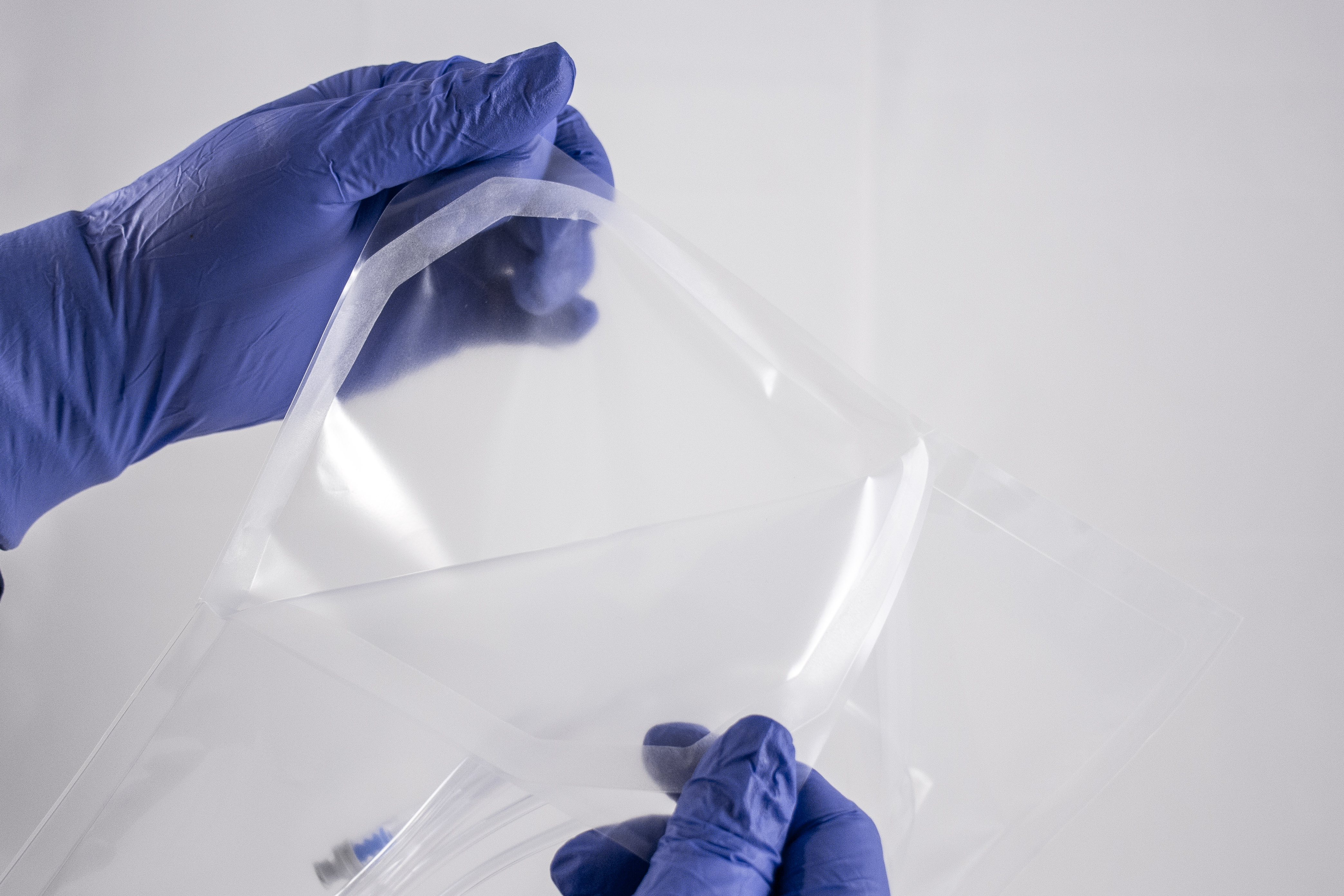Packaging's Longest Design Rule That's Ready To Be Broken
What comes to mind if I ask you to think of a medical sterile barrier pouch? Whether you’re new to or experienced in healthcare packaging, I bet a chevron seal is the image that pops into your head. It is, after all, the go-to design across the industry, for good reason. Chevron seals have provided healthcare personnel with better opening control and aseptic presentation into the sterile field. Still, a variety of alternative pouch seal designs and features are available in the market.
However, depending on the application, there is an opportunity to challenge the status quo in pouch design. And this opportunity could evolve into necessity. External forces continue to pressure medical device and healthcare packaging manufacturers to innovate across design, supply chain, and manufacturing environments. Addressing new needs may call for new seal shapes.

Sterile Seals, HAIs and Human Factors
The CDC reports that on any given day, 1 in 31 hospital patients has at least one healthcare-associated infection (HAI). While much progress has been made in this area over the years, there is more work to be done. Regulatory pressures, such as the growing focus on human factors and usability from EU MDR are strong influences. Calls for more sustainable disposable packaging from policymakers and customers also continue to drive packaging system optimization efforts.
A recent dissertation published by Paula Perez, PhD, at Michigan State University, explored the potential impact of novel pouch seal geometries and opening method. Perez’s paper looked at user experience and HAIs as they relate to packaging. The study revealed that there was statistically significant less device contact with non-sterile surfaces observed with a curved seal over a traditional chevron seal design.
Perez’s paper also considered chevron seals that were designed with a pull tab feature. While no statistically significant reductions in device contamination rates were shown with pull-tabs, 70% of participants preferred this intuitive design feature.
The dissertation studies were completed in a controlled environment with limited materials and pouch sizes. While the findings may not provide a single, definitive answer, the results encourage exploration of novel peel pouch designs such as the curved seal. The other interesting observation and opportunity was the high approval among users of pouches featuring pull tabs. While this is only one study, investigating new pouch seal design options seems promising in the quest to cultivate better, safer MD experiences for clinicians and patients.
Can 3D open the door to new designs?
In addition to exploring how various pouch designs and opening techniques impact HAI risks, Perez developed a methodology for creating novel seal geometries. Using 3D rapid prototyping, Perez demonstrated how to quickly and easily test new seal designs at minimal cost. The business case for 3D printing and prototyping will likely increase as the technology improves and becomes more accessible. This study demonstrates however, that even now, 3D prototyping can be a creative tool in packaging development. The technology offers the opportunity to analyze design ideas alongside operational SMEs in support of design-to-manufacture. Rapid prototyping may also become increasingly valuable for testing facilities and customer design centers as packaging providers partner directly with customers and end users to study human factors and usability under the scope of EU MDR.
Medical device and healthcare packaging manufacturers can lead the charge with packaging system innovations that stand to improve patient health and safety, while meeting manufacturing and regulatory demands. Investing time into exploring, challenging, and optimizing today’s medical device pouch designs could lead to a game-changing solution, much like the chevron seal did years ago.



